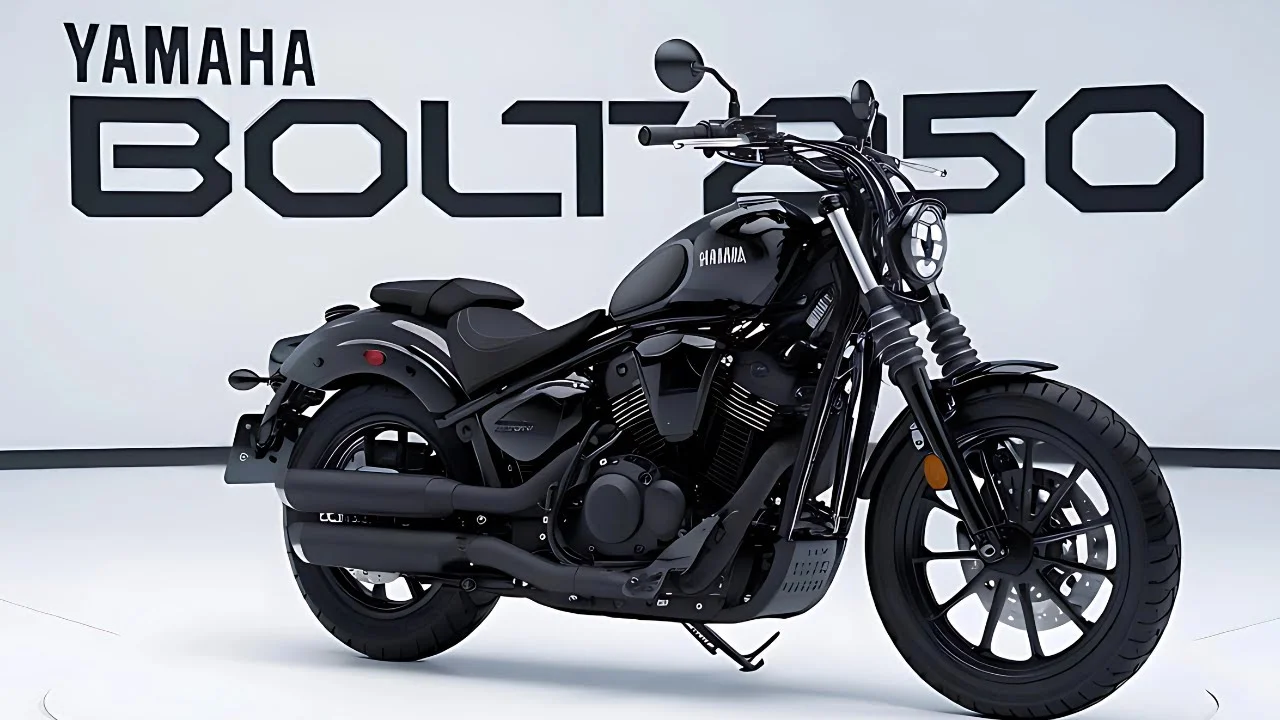India Fuel Price Update (April 2025): Examining Price Stability, Excise Duty Changes, and Key Market Drivers
Introduction: Addressing the Buzz Around Price Drops
In recent weeks, discussions and some online reports have surfaced suggesting a significant reduction in petrol and diesel prices across India. For millions of consumers grappling with the cost of living, the prospect of substantially cheaper fuel is always welcome news. However, a closer look at data from major oil marketing companies (OMCs), government notifications, and established financial news sources as of mid-April 2025 paints a more nuanced picture.
While fuel prices in India do fluctuate daily under the dynamic pricing mechanism, there has not been a recent, sharp, nationwide drop of several rupees per litre as suggested by some uncorroborated reports. Instead, the market has seen relative stability, minor day-to-day adjustments (often just a few paise), and importantly, a recent increase in central excise duty that, counter-intuitively, did not immediately translate into higher costs at the pump. The last significant retail price cut occurred over a year ago, in March 2024, amounting to about ₹2 per litre.
This article aims to provide a comprehensive and accurate overview of the current petrol and diesel price landscape in India as of April 16, 2025. We will delve into the actual price trends, examine the recent excise duty changes, break down the complex factors influencing fuel costs, and discuss the outlook for consumers and the economy.
The Current Price Landscape (Mid-April 2025): Minor Fluctuations Prevail
India’s dynamic fuel pricing system means that petrol and diesel rates are technically revised daily at 6 AM by OMCs like Indian Oil, Bharat Petroleum, and Hindustan Petroleum. These revisions are meant to align domestic prices with international crude oil rates and currency exchange fluctuations over a 15-day rolling average.
However, in practice, prices often remain stable for extended periods or see only marginal changes. As of April 16, 2025:
- National Overview: Prices vary significantly across states due to differences in state-level Value Added Tax (VAT) and transportation costs.
- In Delhi, petrol is retailing around ₹94.77 per litre, and diesel is approximately ₹87.67 per litre.
- In Mumbai, petrol costs about ₹103.50 per litre, while diesel is near ₹90.03 per litre.
- In Chennai, petrol is priced around ₹100.80 per litre, and diesel is about ₹92.39 per litre.
- In Kolkata, petrol is approximately ₹105.01 per litre, and diesel stands at ₹91.82 per litre.
- Focus on West Bengal:
- The average price for petrol across West Bengal is currently around ₹105.39 per litre.
- The average price for diesel across West Bengal is approximately ₹92.17 per litre.
- Prices within West Bengal also vary by district. For instance, in Kolkata, the price is ₹105.01 (Petrol) / ₹91.82 (Diesel), while in Alipurduar it might be slightly higher at ₹106.24 (Petrol) / ₹92.96 (Diesel), reflecting local logistical costs and dealer margins. (Note: Specific district prices can fluctuate daily).
- Recent Trend: Price tracking data from sources like NDTV, Business Today, and India Today indicates minimal changes over the past week and month. For example, diesel prices in Kolkata have reportedly remained unchanged for several months. The minor decrease mentioned in West Bengal average prices (e.g., petrol down by ₹0.03 from yesterday) reflects the typical small daily adjustments rather than a major policy-driven cut.
Revised Petrol Prices in Major Cities (as of April 11, 2025)

Revised Diesel Prices in Major Cities (as of April 11, 2025)

The April 2025 Excise Duty Hike: A Twist in the Tale
On April 7, 2025, the Central Government announced an increase in the Basic Excise Duty (BED) on both petrol and diesel by ₹2 per litre, effective April 8, 2025. Ordinarily, such a hike would directly increase retail prices. However, in this instance, the Ministry of Petroleum and Natural Gas confirmed that PSU Oil Marketing Companies would absorb this increase.
- Mechanism: This absorption was likely made possible because global crude oil prices had softened somewhat prior to the hike. The OMCs were likely instructed or decided to offset the increased tax burden against the potential reduction in base price warranted by lower international rates. Essentially, any benefit from falling global prices was nullified by the tax hike, keeping retail prices stable rather than allowing them to fall.
- Government Rationale: Governments often adjust excise duties on fuel as a tool for revenue management and fiscal policy. When global crude prices fall significantly, governments may increase excise duty to bolster revenues without immediately burdening consumers with higher prices (as the hike offsets the potential drop). Conversely, when global prices surge, governments have sometimes cut excise duty to cushion consumers (as seen in November 2021 and May 2022). The April 2025 hike appears to be a revenue-mobilization measure taken during a period of relative global price moderation.
Why Haven’t Prices Dropped Significantly Despite Lower Crude Hints?
Consumers often wonder why retail fuel prices don’t fall dramatically even when global crude oil prices soften. Several factors contribute to this stickiness:
- OMC Margin Management: OMCs operate on margins. When crude prices fall, they may use the opportunity to recoup losses incurred during previous periods when crude prices were high but retail prices were frozen (often due to political sensitivity, like before elections). They might also aim to maintain healthy profit margins.
- High Taxation Component: Taxes (Central Excise and State VAT) form a very large portion (often 50% or more) of the final retail price. Even if the base price of crude oil drops, the substantial fixed tax component remains, limiting the extent of the retail price reduction.
- Rupee-Dollar Exchange Rate: India imports about 85% of its crude oil requirement, and these transactions are typically denominated in US dollars. If the Indian Rupee weakens against the dollar, the cost of importing crude oil increases, potentially offsetting any gains from lower international crude prices.
- Refining and Distribution Costs: The journey from crude oil wells to the fuel nozzle involves significant costs – refining, transportation, storage, pipeline charges, and dealer commissions – which are relatively stable components of the final price.
- Government Revenue: Fuel taxes are a critical source of revenue for both central and state governments, funding various public expenditures. Governments are often reluctant to significantly cut taxes unless absolutely necessary to control inflation or provide substantial relief.
Decoding the Price Build-Up: Key Factors Influencing Fuel Costs
Understanding the components that make up the price you pay at the pump is crucial:
- Cost of Crude Oil: This is the base price paid by OMCs. It fluctuates based on global supply (OPEC+ decisions, production levels in countries like the US, Russia), global demand (economic growth, seasonal travel), geopolitical events (wars, sanctions, instability in oil-producing regions), and inventory levels. Recent reports indicated Brent crude trading between $60 and $75 per barrel, a significant drop from peaks seen in previous years but still subject to volatility.
- Refinery Transfer Price (RTP): The price paid by OMCs to refineries after crude oil is processed into petrol or diesel.
- OMC Costs & Margins: Includes operational costs, logistics, marketing expenses, and profit margins for companies like IOCL, BPCL, HPCL.
- Central Excise Duty: A tax levied by the Central Government. As of early April 2025, the effective rate was adjusted (incorporating the ₹2 hike but potentially offset against base price changes), previously hovering around ₹19.90/litre for petrol and ₹15.80/litre for diesel before the hike announcement. Specific components like Basic Excise Duty (BED), Special Additional Excise Duty (SAED), and Agriculture Infrastructure and Development Cess (AIDC) make up the total.
- Dealer Commission: A fixed amount paid to the petrol pump owners/dealers per litre.
- State Value Added Tax (VAT): Levied by state governments, this is usually an ad-valorem tax (a percentage of the price before VAT) plus sometimes a fixed cess per litre. VAT rates vary widely across states, leading to significant regional price differences. For example, VAT rates can range from around 15% in some states/UTs to over 35% in others.
- Transportation Costs: Vary depending on the distance from refineries/depots to retail outlets.
The final retail price is the sum of all these components.
Impact on Consumers and the Economy
Fuel prices have a pervasive impact:
- Consumers: High petrol and diesel prices directly increase the cost of transportation for private vehicle owners and users of public transport (as fares often rise). This eats into household budgets, leaving less disposable income for other goods and services.
- Economy: Diesel is the lifeblood of India’s logistics sector. Higher diesel prices increase freight costs for trucks, railways, and other transport modes. This raises the cost of transporting essential goods, including food, raw materials, and finished products, contributing significantly to overall inflation. Industries also rely on diesel for generators and machinery, impacting production costs.
Therefore, even stable but high fuel prices exert persistent pressure on household finances and broader economic inflation.
Future Outlook: What Lies Ahead?
Predicting fuel prices is notoriously difficult due to the multitude of influencing factors:
- Global Crude Prices: The trajectory of international oil prices remains the biggest variable. Geopolitical stability, OPEC+ production policies, global economic recovery (influencing demand), and the pace of transition to alternative energy sources will all play a role. If prices remain subdued in the $60-$75 range or fall further, there might be room for OMCs to pass on benefits or for the government to consider tax adjustments.
- Government Policy: The government faces a continuous balancing act between managing fiscal deficits (requiring tax revenue) and controlling inflation (necessitating potential tax cuts). Policy decisions, especially regarding excise duty, can change rapidly based on economic conditions and political considerations. Oil Minister Hardeep Singh Puri hinted in late March 2025 at potential future cuts if global prices stay low, but this remains contingent.
- USD-INR Exchange Rate: Currency fluctuations will continue to impact import costs.
- Domestic Factors: Increased adoption of Electric Vehicles (EVs) and CNG, along with improved public transport, could gradually moderate demand for petrol and diesel over the long term, but their immediate impact on prices is limited.
Read Also:- New Labor Rules in India 2025: A Comprehensive Overhaul of Workweek, Salary, and Leave Policies
Conclusion: Staying Informed in a Dynamic Market
As of mid-April 2025, the narrative of a significant, nationwide drop in petrol and diesel prices in India is not supported by data from major, reliable sources. Prices have remained relatively stable, with only minor daily fluctuations, following the last notable retail cut of ₹2/litre in March 2024. A recent ₹2/litre excise duty hike was implemented but absorbed by oil companies, preventing an immediate retail price increase but also negating any potential drop from softer global crude prices at that time.
Consumers continue to face relatively high fuel costs, driven by a complex interplay of global crude prices, high taxation (both central and state), currency exchange rates, and OMC operations. While hopes for future price cuts exist, contingent mainly on sustained low global crude prices and favourable government policies, the current situation demands careful budgeting from consumers and strategic management from policymakers. It remains crucial for consumers to rely on verified information from official OMC announcements and reputable news outlets for accurate fuel price updates.



